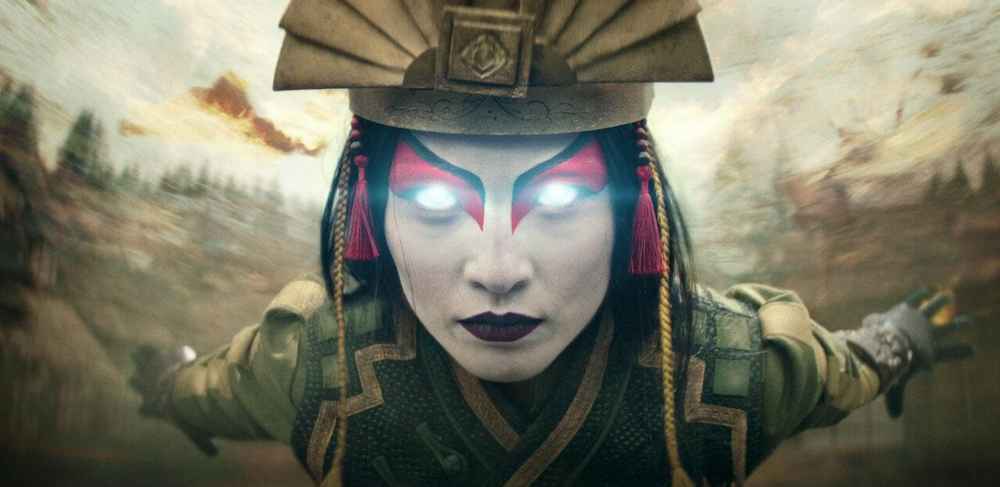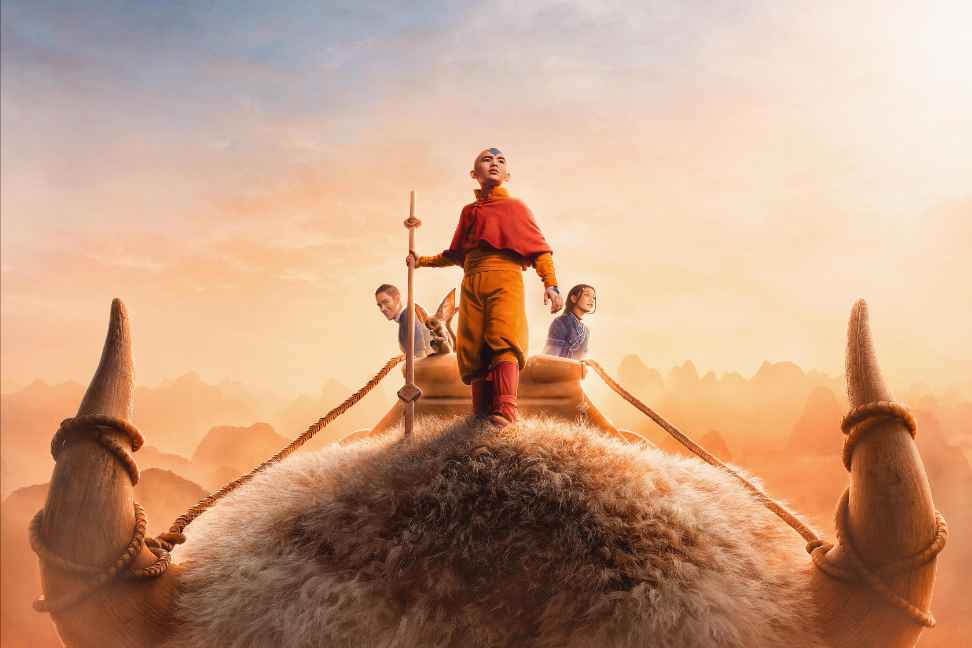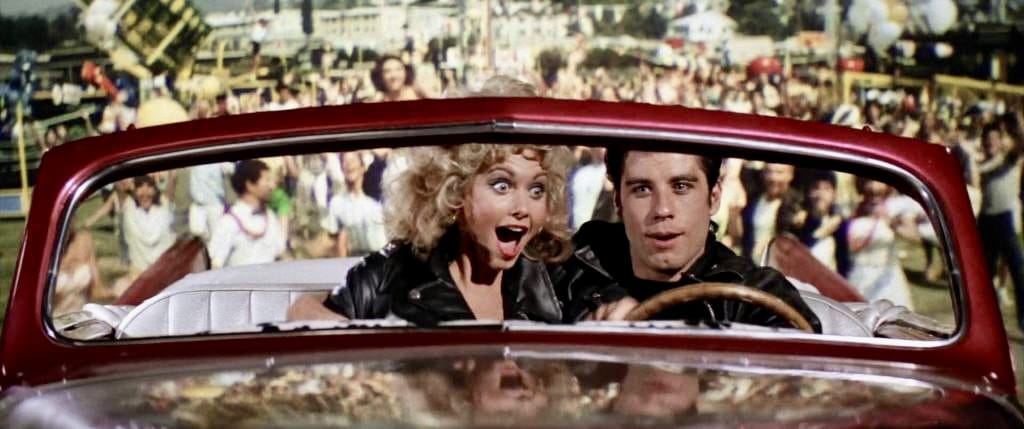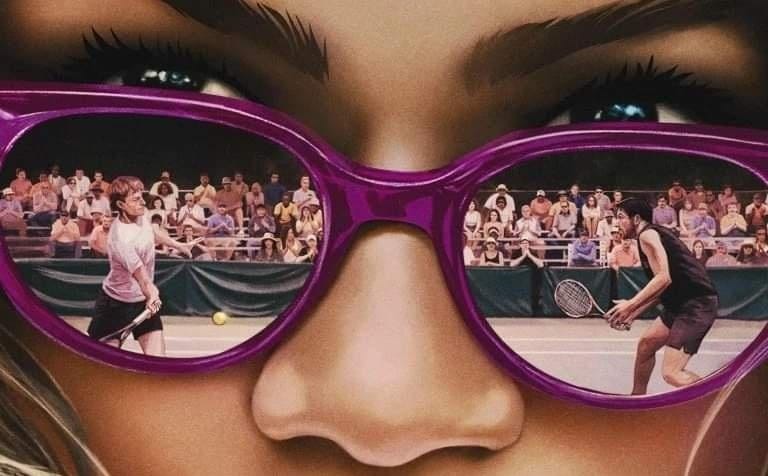By Ella Woszczyk, Deputy Editor
Disclaimer: the cartoon Avatar: The Last Airbender is my favourite television series. Though originally marketed towards children, the show, which debuted on Nickelodeon in 2005, has become beloved by all and has earned itself a 100 per cent average rating on Rotten Tomatoes, beating the likes of huge epic dramas like Game of Thrones and Breaking Bad.
Part of the success of Avatar: The Last Airbender, acronymised by the fan base as ATLA, is its worldbuilding. Its fantasy realm draws upon Asian history, and its aesthetics, bending or fighting techniques, and character names all have homages to Eastern religions and cultures while managing to avoid cultural stereotypes. The effect is a wonderfully rich narrative of emotion and intricate character development.
Childhood fans of Nickelodeon’s ATLA are no strangers to disappointing remakes. The 2010 live-action film, released by Paramount, was given a hilarious 5 per cent rating by Rotten Tomatoes and was honestly so terrible that I could write a dissertation on everything that was wrong with it.

I did not have high hopes when I heard about the live-action Netflix adaptation, especially after news broke that the TV show’s original creators, Michael Dante DiMartino and Bryan Konietzko, unexpectedly abandoned their roles as executive producers and showrunners. I am very pleasantly surprised.
First impressions were strong: while the Nickelodeon cartoon had to filter its mature themes for its child audience, the Netflix adaptation is not under the same restrictions. Episode 1 begins with a flashback of an Earth Nation soldier sacrificing himself for the sake of an ally, and then shows the genocide of the Air Nomads in gut-wrenching detail not 20 minutes later. A particularly tragic scene sees Monk Gyatso, the ‘father-like’ figure of 12 year-old Avatar Aang, attempting to protect the next generation of airbender children moments before their mass incineration by the Fire Nation. Conversations and events only inferred in the cartoon are brought to life in the live-action to startling effect.

Also heartening to see is how the live-action interweaves elements of the original writing. Gran Gran reciting the script from the cartoon’s opening credits as a way to inform Aang of events from the past 100 years put the new series in good stead.
The main criticisms of the live-action so far have been to do with its pacing, as it condenses the 20 shorter episodes of ‘Book 1’ into 8 longer ones. Jet and the Mechanist converge at Omashu with King Bumi, and the pirates that Katara steals the waterbending scroll from are removed all together. Other deviations from the original story include introducing season 2 characters like Azula, King Ozai, and the Owl Spirit into this earlier part of the narrative.
For the most part, I feel that these changes make sense. Omashu is arguably the second city of the Earth Kingdom, and so having these characters meet all at once in this vibrant and diverse space is plausible and, in my opinion, avoids feeling overly rushed.
A consequence of these changes, however, is that they alter rather crucial elements of the characters’ personalities. Katara loses some nuance as a motherly, nurturing character who is also perfectly willing to steal from pirates to further her own needs. Similarly, I really do not see why they felt the need to change the friendship dynamic between Aang and Bumi! The revelation that Bumi is Aang’s friend from before the war after Bumi tests Aang with three ‘deadly’ tasks is one of the most touching moments from ‘Book 1’. Aang has lost everybody besides Appa (his 6-legged flying bison), and this reunion signifies a heartfelt reconnection to his lost past. Bumi admitting their acquaintance before the trials take place strips the scene of its former tenderness and shapes a negative view of the mad genius King of Omashu.
Another aspect of the remake that I find frustrating is that we do not get to see Aang waterbend so much as a puddle outside of the Avatar state. The original ‘Book 1’ is literally titled ‘Water’, and contains some important scenes of Katara lashing out at Aang in anger when his skill with the element progresses faster than her own. Fans of the cartoon will know that Aang struggles to learn earthbending as a result of it being the opposite of his birth element (air), so to infer a lack of confidence in his waterbending abilities as well distorts Aang’s status as one of the most powerful Avatars in history. It’s a bizarre detour from the original writing and limits the series’ overall success.

This is not to say that I don’t like how Aang is cast. Gordon Cormier does a great job at playing the loveable spiritual airbender, as Ian Ousley does with Sokka and Kiawentiio with Katara. The general consensus seems to be that viewers are especially impressed by Ousley’s portrayal of Sokka, whose animated humour could have cringed when translated into realism. For me, other casting highlights are Maria Zhang’s Suki, Dallas Liu’s Zuko, and Amber Midthunder’s Yue, who all look great and bring their characters to life in unique and sentimental ways. On the topic of Zuko, there is an incredible addition to the material at the end of the episode, ‘Masks’, when Zuko’s crew, previously faltering in their loyalties, bow to him in recognition of the sacrifice he made to save their lives. His uncle Iroh is the cause of this recognition, and Paul Sun-Hyung Lee perfectly captures the essence of Iroh’s original character as he watches tearfully and proudly at the side.
For the sake of spoilers, I won’t go into too much detail about how the series concludes, but it is reminiscent of the traumatising battle scenes of episode 1. Thankfully, Netflix has the budget to do justice to the anxiety-inducing climax, which sees Aang forsake his connection to the human world to become a spiritual monster, empowered by the recently bereaved ocean spirit. The CGI (terrifying-looking Appa and Momo aside) is impressive on the whole, and Netflix does an admirable job at bringing our fantasy world to life.
If I were to rank the ATLA franchise, the Nickelodeon cartoon takes top spot, followed by the graphic comics and novels by F. C. Yee (if you didn’t know these existed, order them at once; they are brilliant), then The Legend of Korra, and finally, the live-action remake. It really is far better than I expected it to be and Netflix has made an earnest attempt at reimagining the story. In the case of ATLA, the animation provides so much of the charm that, for me, realistic adaptations will just always fall short. Having said this, I would encourage everybody to watch it with an open mind and try to appreciate its merits separate from the original. We see more of the icon that is Avatar Kyoshi, and fans revisiting the story in adulthood may enjoy the ways it shows its darker themes. Myself, I will definitely be watching out for season 2.
Which instalment in the franchise is your favourite?









